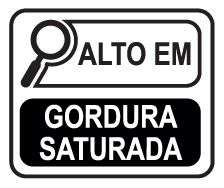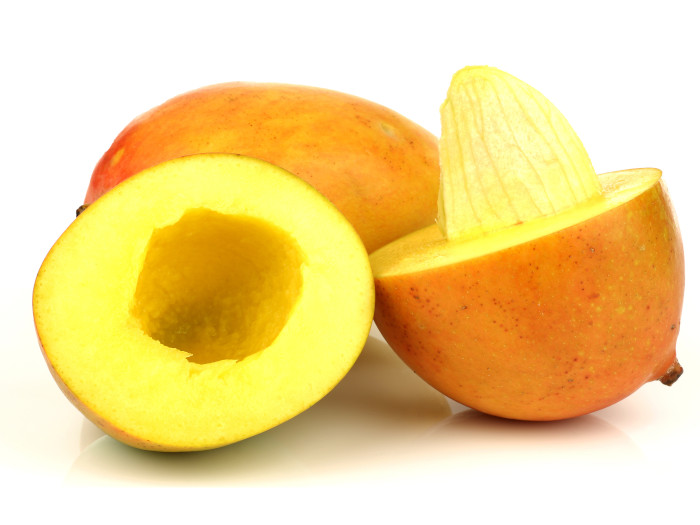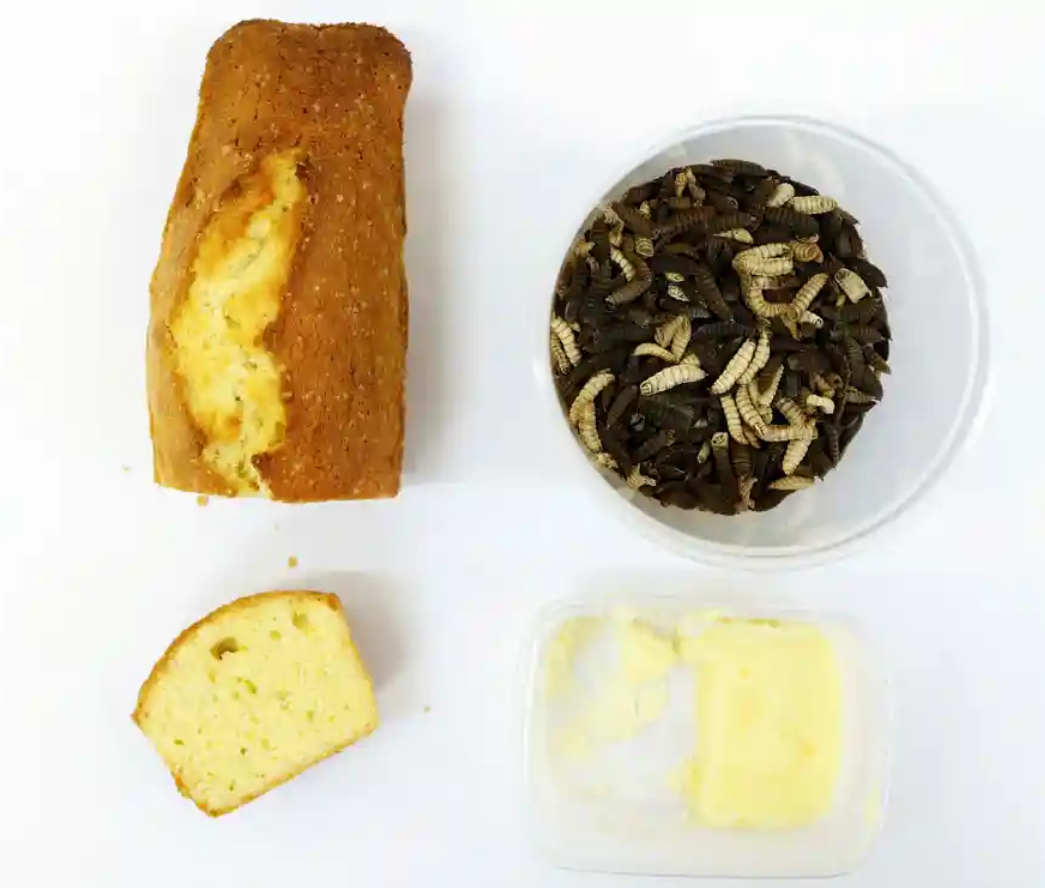Fat reduction in food is a necessity for industry and consumers alike, but there are already upcycled solutions to help. See them here!
Let’s face it, fats are tasty. Let those who don’t like fries or a dessert full of Nutella throw the first stone. They provide energy to the body and, in foods, they contribute to the flavor and texture of products, which is why fat reduction is so challenging for the industry.
Not all fats are the same, saturated fats are considered villains and trans fats too, while unsaturated fats are the most recommended. Likewise, some are extracted from sustainable sources, others not so much (we even talk about alternatives to palm oil in this post here).
The new front labeling is intended to help consumers make better decisions about what they consume. Some companies have chosen to put the magnifying glass on, while others are looking for alternatives to escape it. In this series of posts we’ve already talked about sodium (in this post here), we’ll talk about sugar and now we’re going to solutions for reducing fat in food.

A curiosity discovered by scientists at the Universidade de Leeds, in the UK, is that the satisfying sensation of melting comes from the initial release of fat on the tongue. With an artificial tongue, they analyzed samples of chocolate with different cocoa contents to identify how their composition affects the taste. They then studied how surfaces and fluids interact with each other and found that as more fat dissolves on the tongue, the additional fat has limited impact on mouthfeel.

Artificial tongue
The discovery paves the way for the development of new chocolates with less fat and with it concentrated on the outside of the bar. In the future they intend to test other foods such as ice cream, margarine and cheese.
Fat substitute from mango pits
Mexican company Genius Foods turns mango pits, peels and leftover pulp into a fiber-rich powder. The proportions of husks, pits and pulp vary depending on the application. Thus, the ingredient has an emulsifying function and can replace up to 50% of eggs and fat in bakery products. It also reduces the need for sugar in jams and serves as a texturizer in sausages and other processed meats.

Larvae butter
Scientists at the University of Ghent in Belgium have developed products with black soldier fly larvae fat to replace butter in baked goods. The larvae are liquefied and centrifuged to separate the “bug butter”. The production of larvae butter is more sustainable than milk and the larvae can be fed with various agricultural residues.
According to the researchers, consumers noticed no difference in replacing 25% of traditional milk butter with larval butter in a cake. Another advantage is that in addition to the lower fat content, this butter has more proteins, vitamins, fibers and minerals. And finally, it’s cheaper than regular butter.

I still have my doubts about the acceptability of maggot butter. This reminds me of another post, about cockroach milk (here)
We still need to evolve in the development of ingredients fat reduction in food, and the upcycling of waste from the agroindustry itself can offer solutions to the problem.
Fontes: Forbes, The Guardian, Eureka Alert



COMMENTS